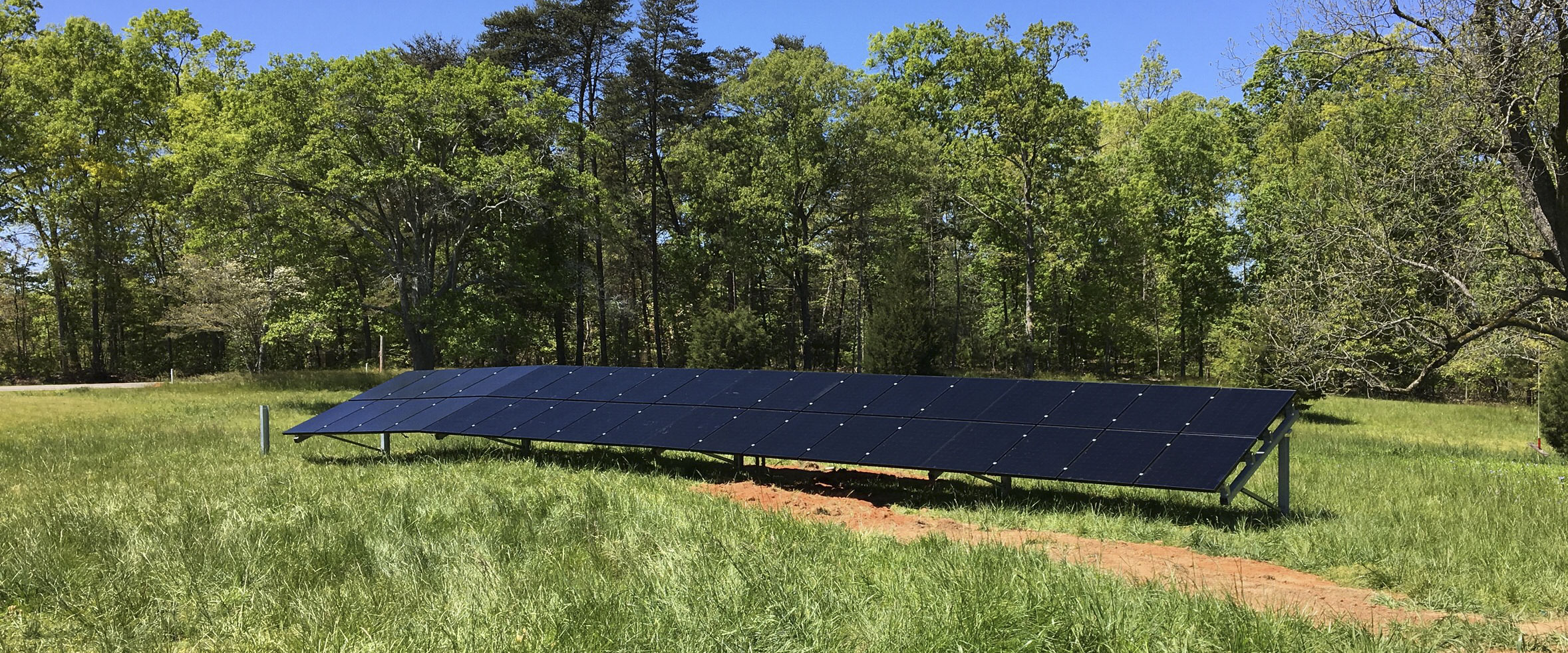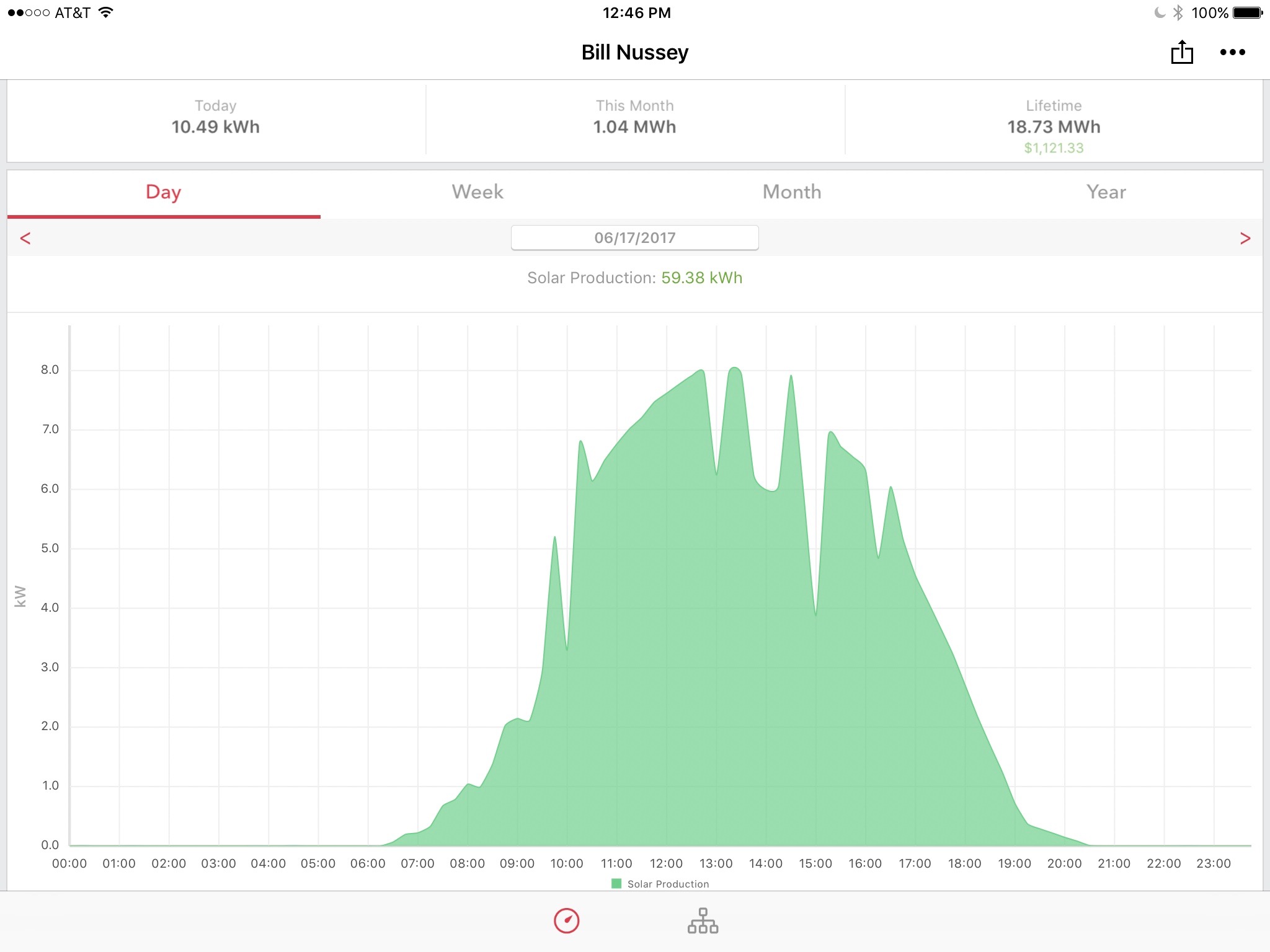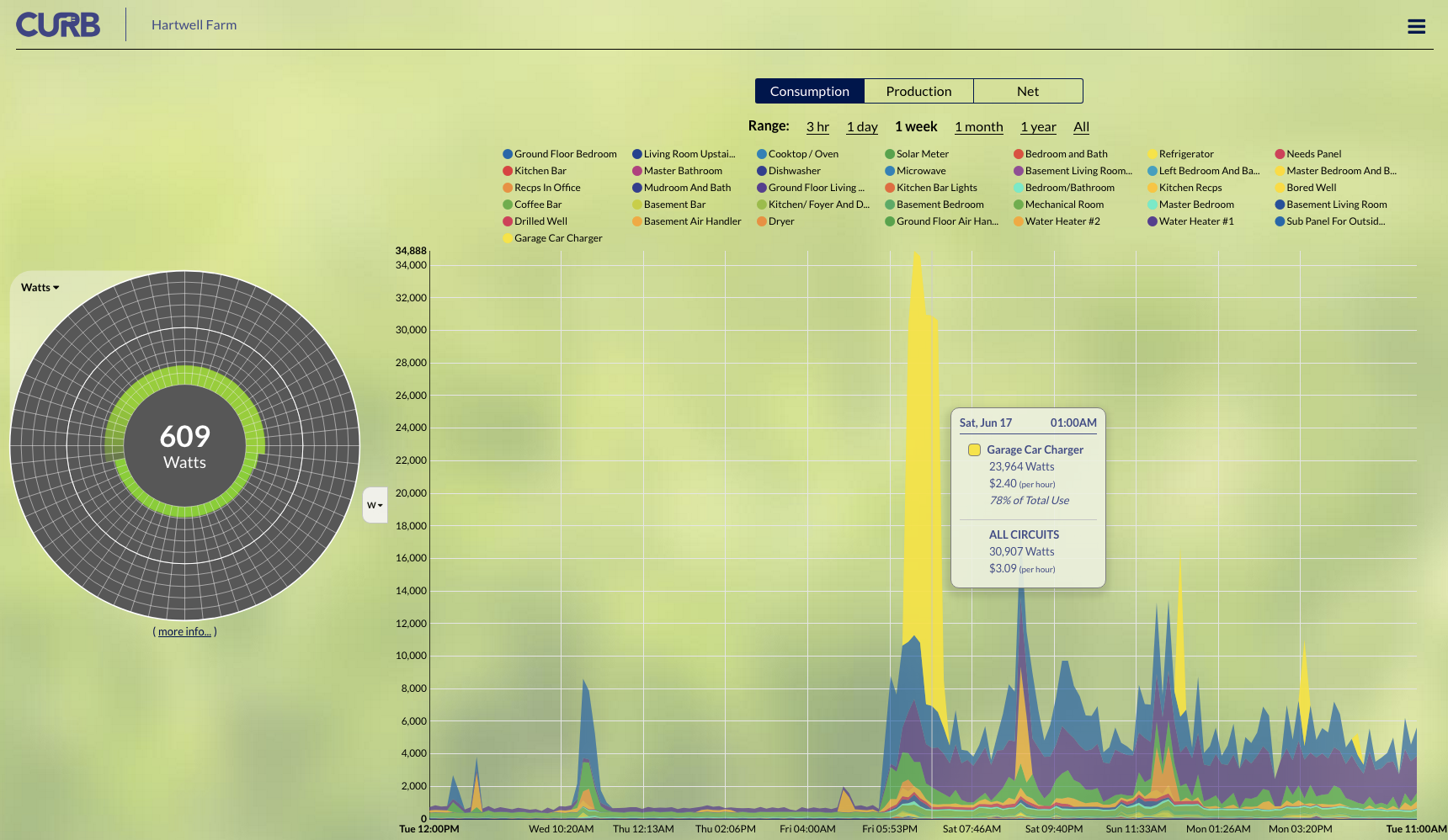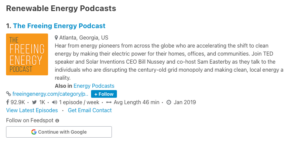If you drive North up Highway 85, the last exit in Georgia will lead you to the town of Hartwell. This town of 4,500 people was founded in 1854 and consists of a few downtown blocks and miles of surrounding farmland. Among those farms and not too far from Lake Hartwell, you’ll find my family’s weekend house. In a world full of Xbox’s, Uber and organized school activities, this property offers our kids a great balance with dirt bikes, homemade forges, tree houses, and bonfires.
Over the last decade, we have slowly renovated and upgraded the property. And, in the spring of 2016, we decided to take the leap into solar power.
GET MONTHLY NEWS & ANALYSIS
Unsubscribe anytime. We will never sell your email or spam you.
The first step was to find a company that specializes in solar installations. Georgia has several world-class solar developers but only one is run by my old friend, James Marlow – Radiance Solar. It was an easy choice.
In early spring 2016, Radiance did their research, measured our house and designed a best-of-breed system. They worked with the local power company, Hart EMC, to allow for my excess solar power to be sent back into the grid. And, after a few trips to Hartwell, including bringing in a truck that drives metal support beams into the ground, the system went live on May 2.

What kind of solar solution did we build?
The solar solution is straightforward and consists of three major parts:
30 SunPower X21 335 watt panels. These gorgeous dark blue panels turn sunlight directly into electricity. Sunpower is the Ferrari of solar panels. They cost a bit more but they put out more power per square foot and will last longer than almost any other product.
Solar Edge StorEdge 7.6 inverter. This is the component that converts the direct current (DC) electricity generated by solar panels into alternating current (AC) electricity used by houses and the grid. It sits on the wall in the garage and connects to the panels in the field by an underground conduit.
Like most residential inverters, the StorEdge has a super cool website and app that gives you minute by minute information on how much power your panels are generating.

Curb Energy Monitoring. Most solar solutions will only show you the big numbers – how much power comes from the grid and how much from your panels. If you really want to understand how your house uses electricity, particularly if you want to go off-grid, you need a specialized energy monitoring system. A few months after the solar setup was up and running, I installed a cool hardware and software solution made by Curb Energy out of Austin, Texas. The minute-to-minute updates on power consumption in my house were incredibly interesting and a little eye-opening (that huge yellow spike occurs every time I charge my car).

How do solar panels, houses, and the grid work together?
Most residential solar installations are pretty simple. Solar panels sit on the roof or in a field generating electricity when the sun shines. That electricity compliments the electricity coming in from the grid to power the HVAC, the lights, the microwave and nearly everything else in your house. But, as the sun rises and sets, as clouds pass over, and your appliances turn on and off, the direction of the power changes throughout the day:
- Sometimes, the house needs more power than the solar panels generate, so the extra power comes in from the grid.
- Of course, at night, the house is powered entirely by the grid.
- But, sometimes, the panels generate more electricity than the house needs and the excess electricity is sent back into the grid.
As an aside, this third scenario is one of the biggest debates in the industry: How should utilities handle the excess electricity from solar panels? The policy varies from state to state and even varies across utilities within a state.
- Power companies in states like California and Michigan pay homeowners the same rate they charge them for electricity. This is called Retail Rate Net Metering.
- Utilities like Hart EMC here in Georgia pay homeowners a smaller rate than they charge per kilowatt of electricity.
- In Hawaii, so many people have solar panels that the grid gets overloaded on sunny days. Hawaii’s power company has no choice but to ask homeowners to stop dumping their excess solar onto the grid (it turns out that stopping excess electricity from flowing back to the grid is super-hard technically).
GET MONTHLY NEWS & ANALYSIS
Unsubscribe anytime. We will never sell your email or spam you.
So, what did we learn over the last year?
Overall, the process of adding solar to our home was straightforward. There were only a few things that surprised us.
- First, if the grid goes down, the solar panels are automatically turned off. Wait!?! Huh? Like most people, I thought the point was for the solar panels to power the house like a backup system during grid outages. It turns out, it doesn’t work that way — and there is a very good reason for it. If there is an outage and your solar panels are active, they are likely to be feeding electricity back into the power lines near your house. Think of the lineman working on a downed wire after a storm. Imagine his surprise and shock as he touches that wire and finds it’s fully electrified from your nearby solar panels.
- Second, our initial design included a Tesla Powerwall 1.0 battery. But as we got into the project, the battery created so much complexity that we pulled it out of the project. For instance, Telsa’s first model battery only worked with a single model of inverter that had special code on it. And even after we purchased their required inverter, Tesla delayed the battery delivery for almost half a year. They ultimately convinced me to further delay my order and wait for the vastly upgraded Powerwall 2.0’s. These new batteries have the inverter’s built-in which simplifies the design and operation. I have been waiting over a year now but I am optimistic it will be worth the wait.
- Third, solar arrays aren’t very common in Hartwell so I have apparently become “that guy with the solar panels in his field.” I have to admit, I’ve been called a lot of things and this is one I like.
There was only one other surprise: the whole system is surprisingly anti-climactic. It doesn’t make any noise. It doesn’t have a fancy interface. It doesn’t even have any blinking lights. It just sits there. You build it once and it will run for decades with almost no maintenance.
Almost every other form of electricity generation is complex, huge, noisy and often dirty – certainly nothing I could install in the quiet field outside my house. Traditional power plants require constant maintenance and teams of experts 24/7. When you stop and think about it, the anti-climactic personality of solar is really its superpower. It’s not hard to see a future world where nearly all of our energy is generated the same way we grow grass – just sitting back and enjoying the sun shining down on us.
* * *
For the moment, my solar setup in Hartwell is pretty simple. But tune in for more updates as the design process restarts, batteries get added and the house begins its journey to go off-grid.




3 Responses
You are now over 2 years since installing your grid, and over a year from this post. Anything new that you have experienced? I’m looking at doing a similar, although smaller project using the same electrical grid provider.
Thank you for checking in! I’ve actually drafted (but not posted) a few updates on this project.
As a quick update, with a year or more of usage information, we upsized the solar panels to about 20KW in anticipation of the three Tesla Powerwall 2.0’s arriving. As you may have heard, Tesla is struggling to deliver the Powerwalls, paricularly in Georgia. After waiting more than a year, I cancelled the Powerwall order. It didn’t make sense to keep the contractors on call. It didn’t help that my experience with Tesla’s support during the delays was pretty underwhelming.
I plan to revisit all this again next year. If Tesla has their production volumes meeting their customer demand, I’ll consider placing a new order. Alternatively, I’ll look to see if other vendors have comparable products.
This project remains very important to me and I will stay on it until I have a house that is capable of being off-grid.
Look at a sol-ark. They make battery back up easy.